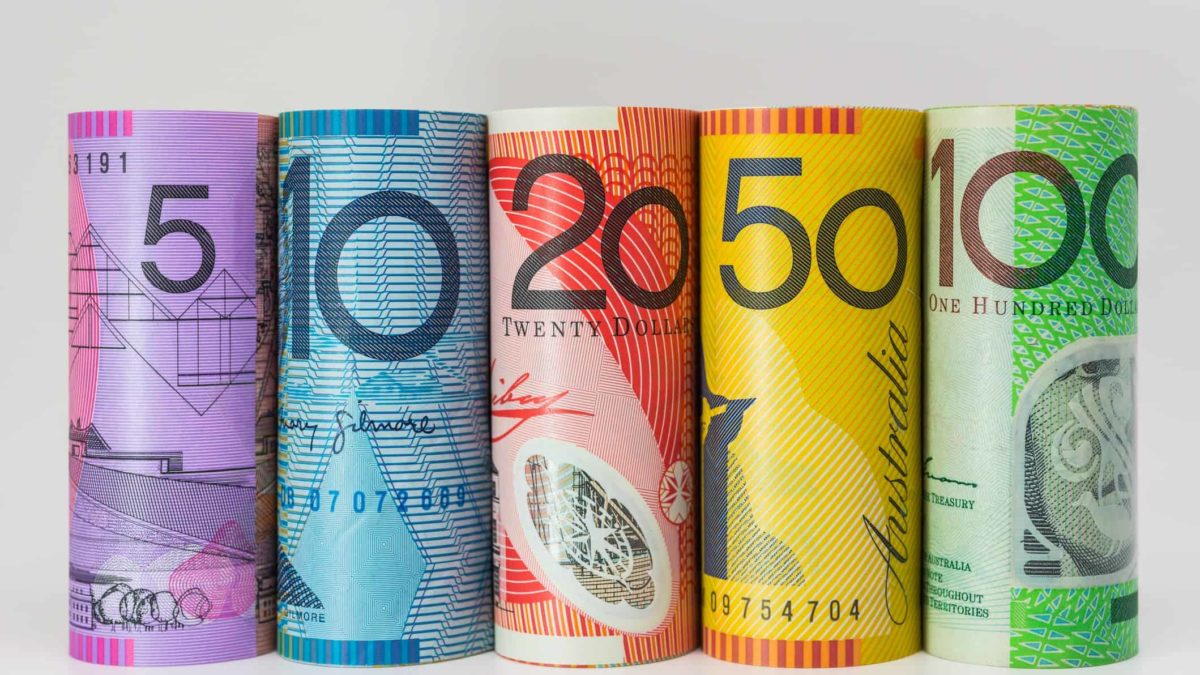Wouldn't it be nice if you could earn enough passive income from ASX shares to give up work?
While this might seem like a bit of a pipe dream, many investors have achieved this goal in the past.
With that in mind, let's see how it has been possible to generate significant income previously and how we could use this knowledge to attempt to do it again in the future.
How to generate enough passive income to live off with ASX shares
Over the last 30 years, the Australian share market has generated an average annual return of 9.6% per annum.
This means investors that made consistent investments into ASX shares over this period and earned the market return, have seen the value of their portfolio increase materially thanks to the power of compounding.
Compounding is what happens when you earn interest on top of interest – or returns on top of returns when it comes to shares. It helps explain how a $10,000 investment 30 years ago would be worth over $150,000 today if it grew in line with the share market.
Investing consistently
The above example is from a single investment. Imagine if you had made consistent investments in the share market!
Well, you don't have to because I can tell you now that $10,000 invested each year for 30 years would have grown to be worth over $1.8 million today, ceteris paribus.
And with a portfolio of that size, investors could easily generate significant passive income by switching their focus to a high-quality, diverse group of ASX dividend shares.
In fact, you would only need to average a dividend yield of approximately 3% to be able to generate $50,000 of income from a portfolio valued at $1.8 million.
Not enough income? Don't worry, because if you were to build a diverse portfolio of ASX dividend shares offering an average 5% yield, you would be seeing $90,000 of passive income flood in each year.
Pleasingly, the latter isn't hard to accomplish thanks to exchange-traded funds (ETF) such as the Vanguard Australian Shares High Yield ETF (ASX: VHY). It provides investors with access to a diverse group of ASX dividend shares that have higher-than-average forecast dividends based on broker research.
This currently includes the likes of BHP Group Ltd (ASX: BHP), Commonwealth Bank of Australia (ASX: CBA), Rio Tinto Ltd (ASX: RIO), and Telstra Corporation Ltd (ASX: TLS).
The ETF currently trades with a forecast yield of 5.5%, which would turn $1.8 million into approximately $100,000 of passive income annually.
Summary
Earning a significant amount of passive income from ASX shares is very much possible.
And while it is worth remembering that past returns are no guarantee of future returns, the returns mentioned above are largely in line with historic averages on Wall Street. So, it certainly seems fair to target similar returns in the future.
Investors just need to be prepared to make consistent investments in a diverse group of high-quality ASX shares through thick and thin.
Doing this and letting compounding work its magic, puts you in a great position to grow your wealth materially in the future.









